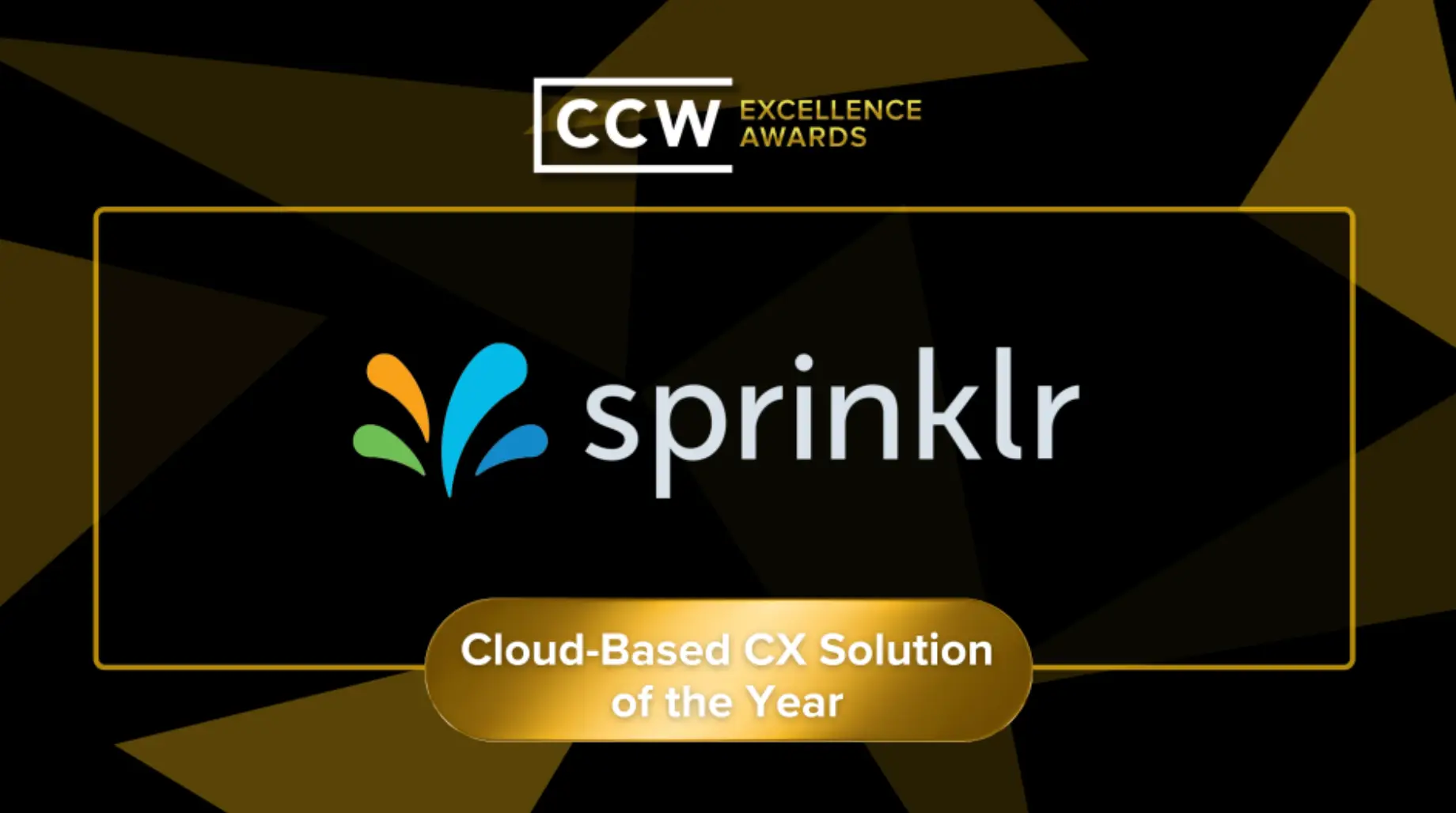The next generation of CCaaS is here
Digital-first customer service, enterprise-scale voice support. Redefine customer service with an AI-powered platform that unifies voice, digital and social channels. Power channel-less interactions and seamless resolution no matter the channel of contact.

Change Management for Contact Centers Made Easy
Change Management is that elephant in the room that no one wants to talk about or thinks through. Been there? We feel you.
Change is an inevitable part of business growth and survival. However, without proper planning and processes in place, change can be disruptive, chaotic and well, costly. For contact centers, especially large establishments, technology changes can be quite overwhelming. Legacy systems, hardcoded applications or single-use debris – all of these can pose significant challenges when considering change. It is, therefore, crucial to manage change to minimize risk and ensure a seamless transition for the betterment of your contact center.
Change Management - Not a Sprint but a Marathon
Dealing with large-scale change is not easy and will have its fair share of challenges. Some of the biggest challenges that contact centers face in this process are:
1. Denial – The inability to communicate the vision and the need for change across every employee in the organization can lead to resistance. Especially when they day-to-day operations might have an impact.
2. The lack of big picture – Gauging the need and impact of the change from a microscopic view can be misleading and can complicate the execution of the change.
3. Unrealistic expectations – All the key stakeholders driving the change must align on the “why” of the change and the potential impact it is going to have. Expecting the change to exponentially better the operations can be unproductive.
4. Misalignment within the organization -The lack of timely, regular and transparent communication can cause confusion within the organization creating a discord between teams and what they are expected to deliver.
The outcome of managing change versus leaving it unmanaged can vary drastically. Financially, the costs associated with delays, employee turnover, and lost productivity can be six times more expensive than what you planned for. To add to it, you run the risk of the change initiatives getting delayed or stalled altogether, wasting precious company resources. Overall, the lack of proper change management can result in outdated practices and technologies, rendering your contact center obsolete in a rapidly evolving industry.
Managed change focuses on improving business performance before, during, and after the change by making the process efficient. Unmanaged change, on the other hand rushes the process to boost performance without considering long-term consequences.
Build Endurance for Effective Change Management
To navigate through the challenges and ensure a successful transition, here’s a tried-and -tested, Sprinklr recommended five-step framework:
1. Leadership Sponsorship: Change needs strong leadership support to ensure commitment, resources, and guidance throughout the process. Leaders must set the direction and communicate with transparency the vision to inspire and motivate employees.
2. Readiness for Change: Before implementing any changes, assess the organization's readiness. Evaluate the current state, identify any potential roadblocks, and create strategies to address them. Also, clearly define the scope, impact in terms of the expected ROI the proposed changes must bring.
3. Employee Buy-in: Engage and involve employees in the change process from the get-go, to ensure successful implementation. Help your employees understand the reasons for change, addresses their concerns, and provide opportunities for feedback and input.
4. Enable & Engage Employees: Empower employees through relevant trainings and support. Equip them with the necessary skills and knowledge to adapt to the change. Provide extended support even after the changes have been implemented.
5. Assess Change Progress & Outcomes: Evaluate the progress of your change initiative and measure their outcomes regularly. Make timely adjustments, identify areas of improvement, and ensure the desired objectives have been achieved. Assess against the defined ROIs to gauge the success of the implementation. Having continuous monitoring and feedback mechanisms provide valuable insights that allow ongoing learning and improvement.
The Change Toolkit
Why just stop at the framework? We want to go a step further and equip you with tools that can make the change happen. Here’s a comprehensive change toolkit that can help you get started with your change management process. This toolkit includes actionable templates, readiness assessments to gauge the impact of change and mitigate risks, and other resources to support you throughout your change journey. Also, explore practical guidance and tools to facilitate smooth transitions and minimize disruptions.
This is Just the Start
We delve deeper into each of the steps of the change management framework. For any questions, feel free to reach out to our experts who can walk you through the process.


